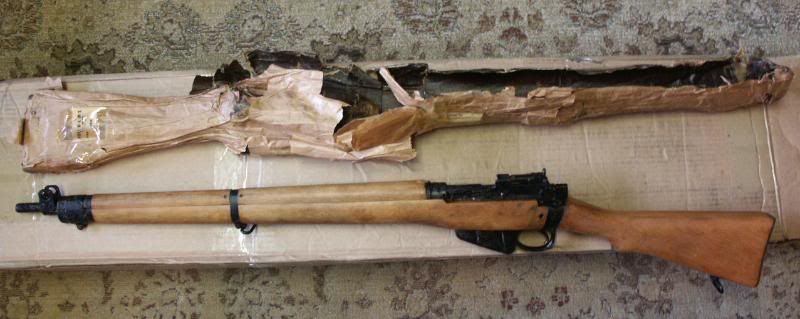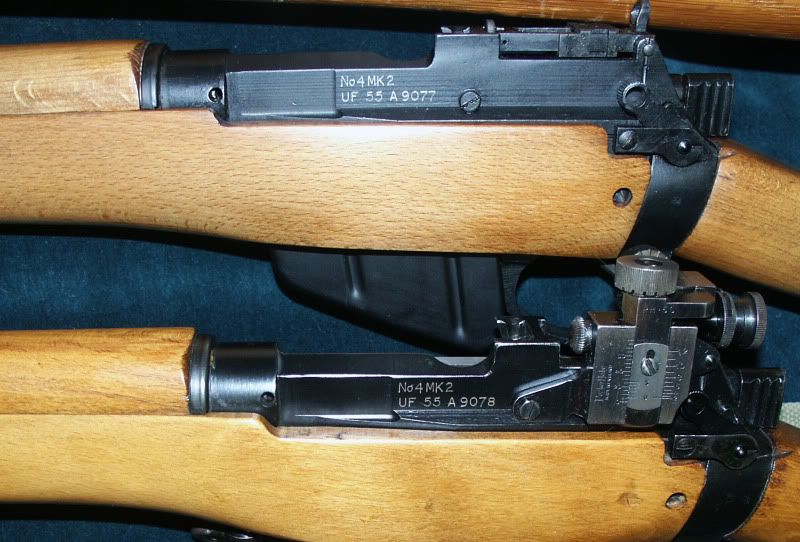I've recently ran across photos of several unissued Savage No.4 MKI* rifles, which appear to be "in the grease" and still in original cardboard boxes.
These rifles are U.S. Property marked.
Even the bolt itself appears in it's own box.
Might anyone know the history on these boxes?
Why were these rifles individually boxed?
Based on serial numbers, production appears around 1942, when they would have been needed.
Would be great if anyone had any feedback on the boxes. (why were they boxed? Where and by who? What do the numbers printed on the side of the box represent? Why were they never issued? Where did they end up all these years?)
Thanks in advance for the feedback.
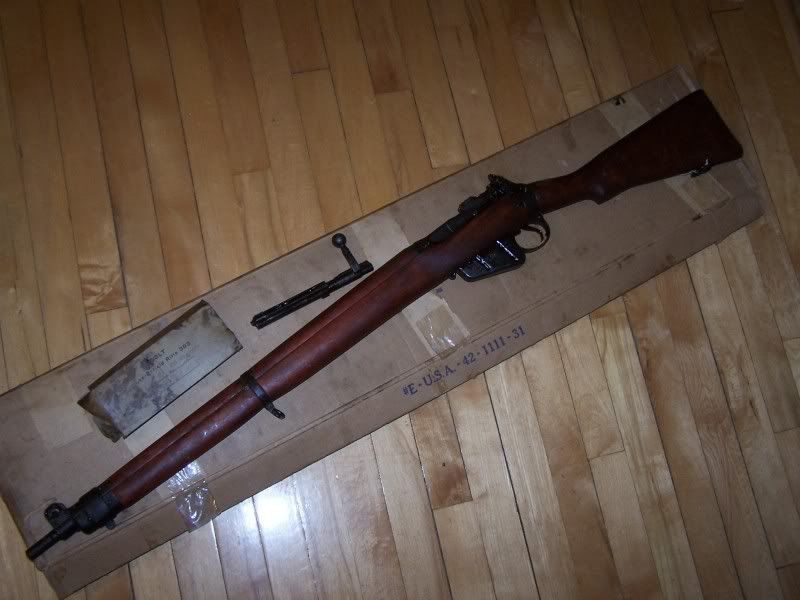
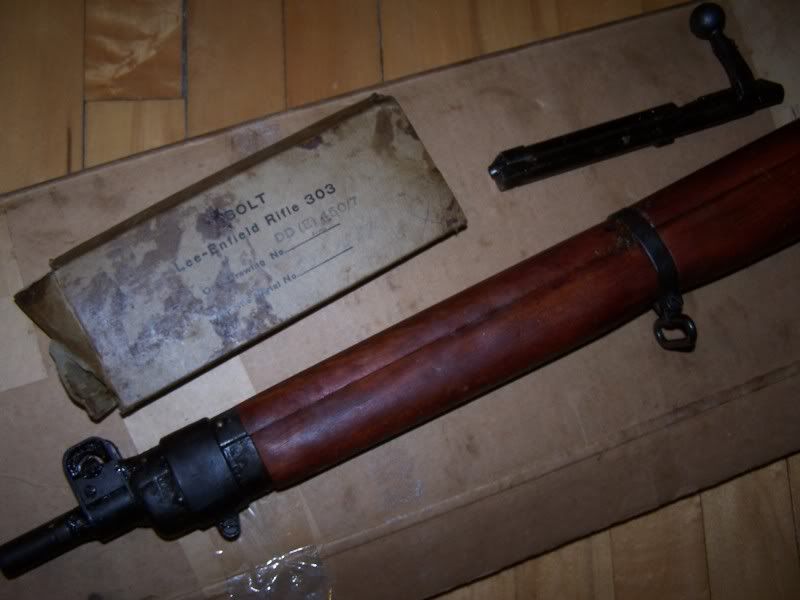
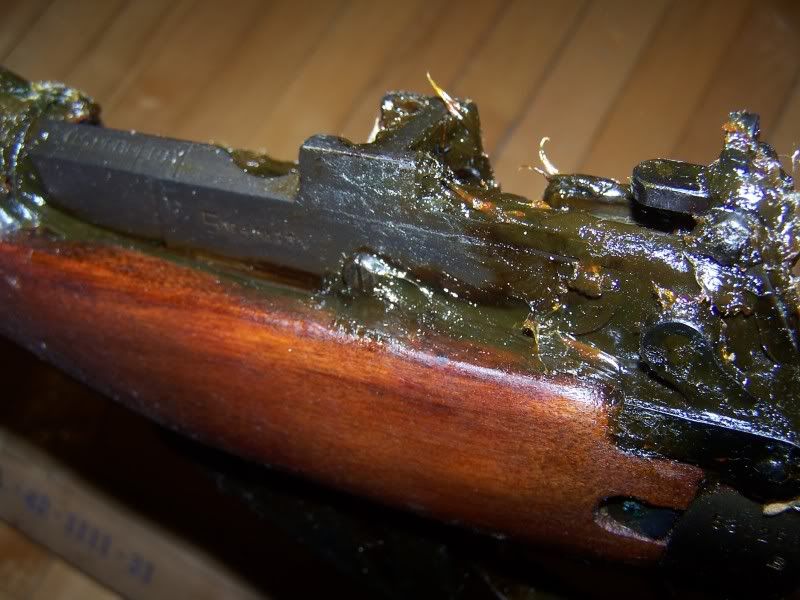
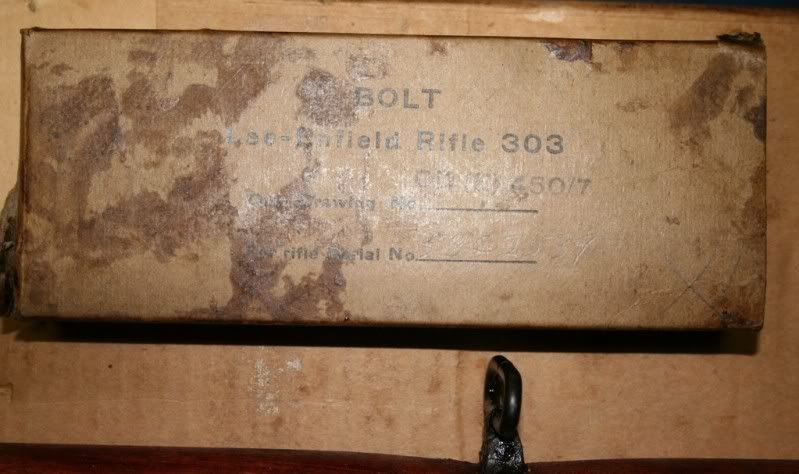
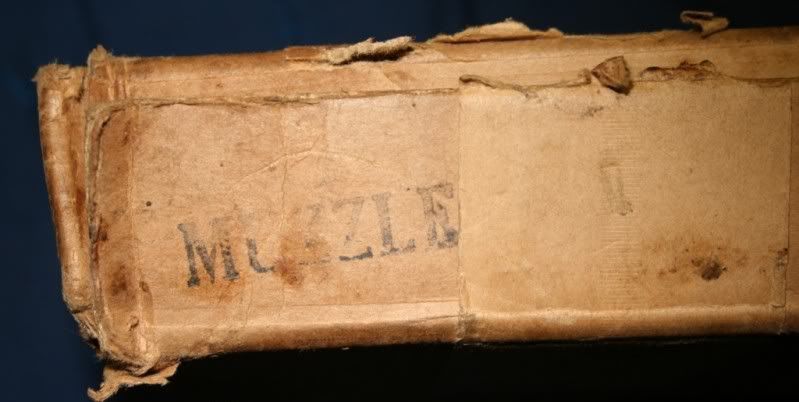

These rifles are U.S. Property marked.
Even the bolt itself appears in it's own box.
Might anyone know the history on these boxes?
Why were these rifles individually boxed?
Based on serial numbers, production appears around 1942, when they would have been needed.
Would be great if anyone had any feedback on the boxes. (why were they boxed? Where and by who? What do the numbers printed on the side of the box represent? Why were they never issued? Where did they end up all these years?)
Thanks in advance for the feedback.






Last edited:

